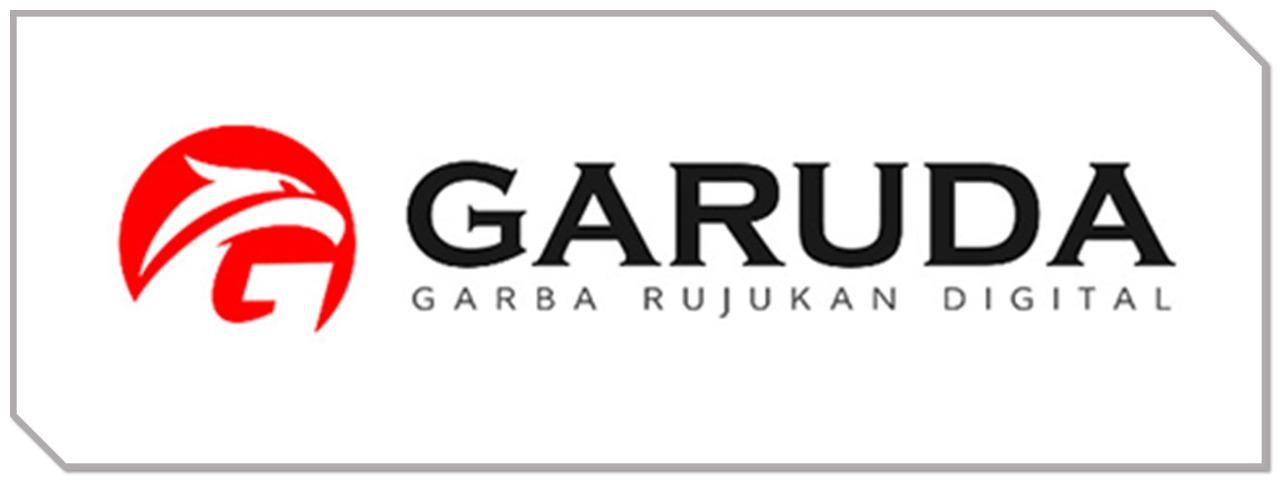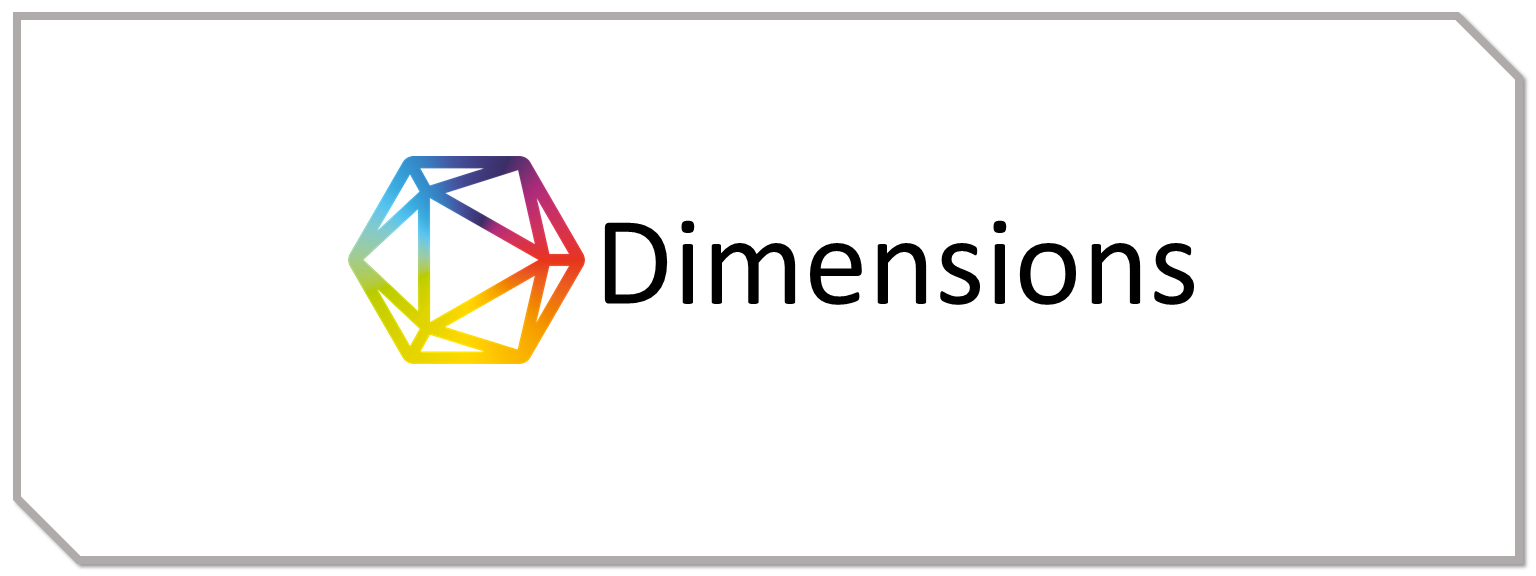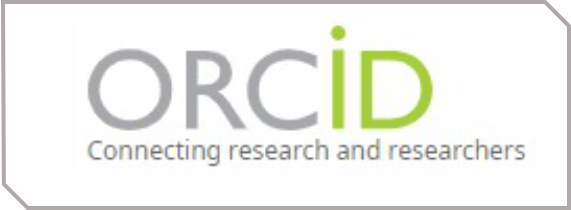Efisiensi Teknologi Geothermal Binary Cycle dengan Dispersi Cuo-Al2O3 pada Heat Exchanger Combined Cooling Heating and Power (CCHP) Cycle: Studi Kasus Lapangan M.M.S.C.F
DOI:
https://doi.org/10.30588/jo.v8i1.1864Abstract
Geothermal is one of the renewable energies that is intensively developed during the energy transition. Indonesia is a country with the second largest geothermal potential in the world with a geothermal potential of 23,765.5 Mwe. The M.M.S.C.F field is classified as a volcanic geothermal system with liquid dominated developed with binary cycle technology. The use of conventional working fluid in binary cycle has low energy efficiency. Geothermal nanofluids particles consist of 2 or more nano-sized particles (1-100 nm), these particles are suspended and dissolved in the base fluid which can improve thermal conductivity and accelerate heat transfer in the heat exchanger. However, this technology has disadvantages including large Capital Expenditure (CAPEX) costs. This research applies CuO - Al2O3 to increase energy efficiency in heat exchangers directly proportional to the increase in thermal conductivity. The method used in this research is quantitative analysis by comparing economic indicators when using a conventional binary cycle system with a hybrid nanoparticle fluids binary cycle system in the M.M.S.C.F field heat exchanger and qualitative analysis based on previous literature studies. This technology has the advantage of increasing the heat transfer rate due to the increase in thermal conductivity value, the hybrid nanoparticle fluids thermal conductivity value is 0.79 W/m˚C when compared to the base fluid of 0.56 W/m˚C which has an increase of 23%. Based on the calculation of economic indicators, the payout time (POT) value as well as PI, IRR, and NPV of this technology are more positive than the conventional binary cycle. The effects of this research will be useful for the industry to improve the efficiency of the binary cycle.
Downloads
Published
How to Cite
Issue
Section
License
Copyright (c) 2024 Eko Pramudiohadi

This work is licensed under a Creative Commons Attribution 4.0 International License.
Authors retain copyright and grant the Jurnal Offshore right of first publication with the work simultaneously licensed under a Creative Commons Attribution 4.0 International License that allows others to share (copy and redistribute the material in any medium or format) and adapt (remix, transform, and build upon the material) the work for any purpose, even commercially with an acknowledgement of the work's authorship and initial publication in Jurnal Offshore. Authors are able to enter into separate, additional contractual arrangements for the non-exclusive distribution of the journal's published version of the work (e.g., post it to an institutional repository or publish it in a book), with an acknowledgement of its initial publication in Jurnal Offshore. Authors are permitted and encouraged to post their work online (e.g., in institutional repositories or on their website) prior to and during the submission process, as it can lead to productive exchanges, as well as earlier and greater citation of published work (See The Effect of Open Access).















